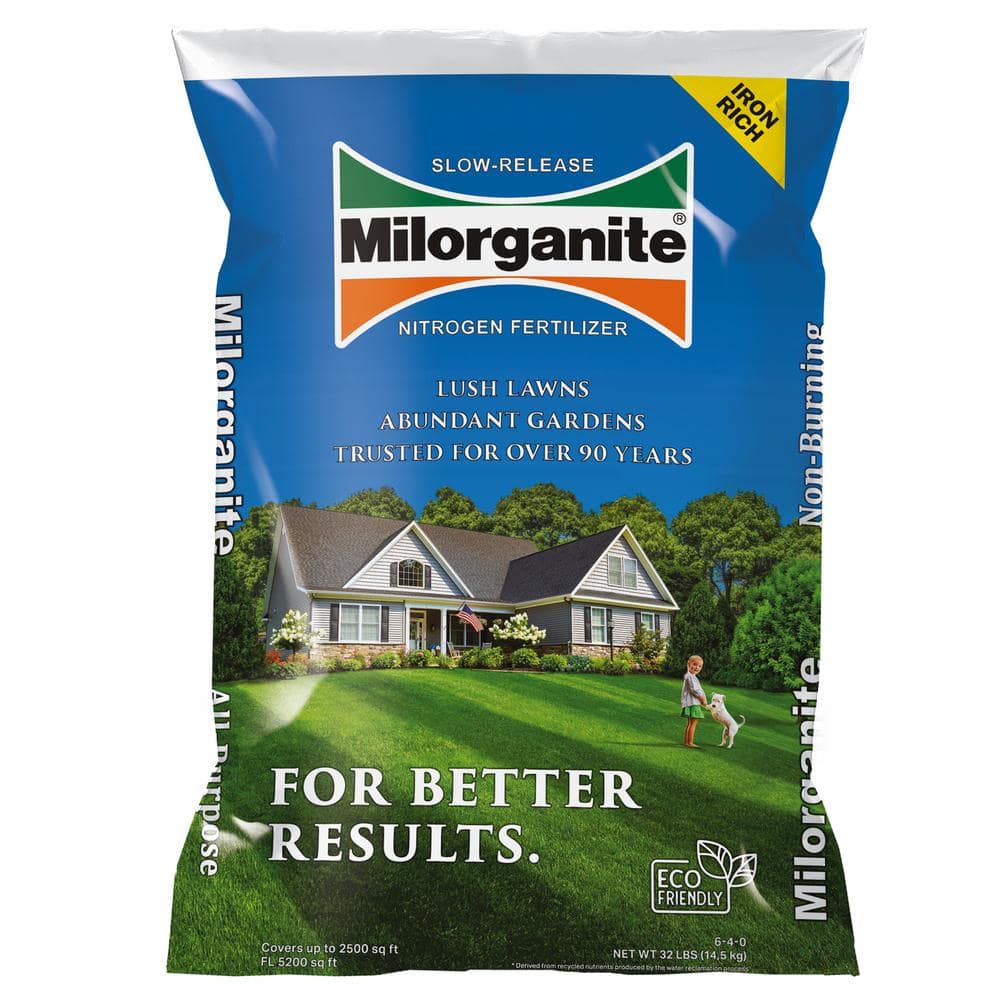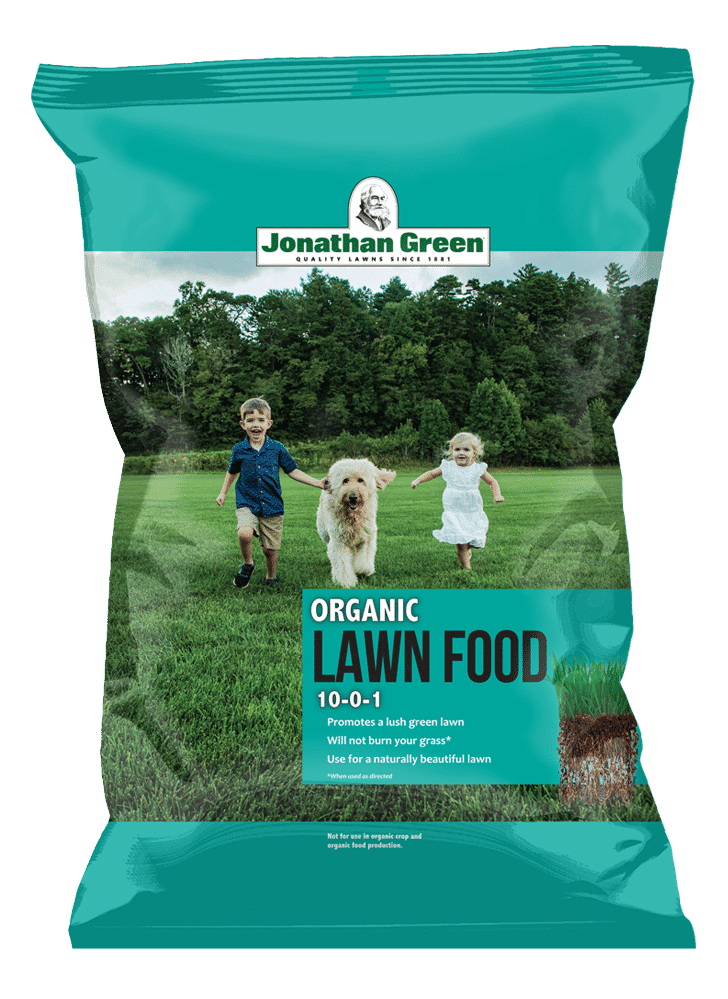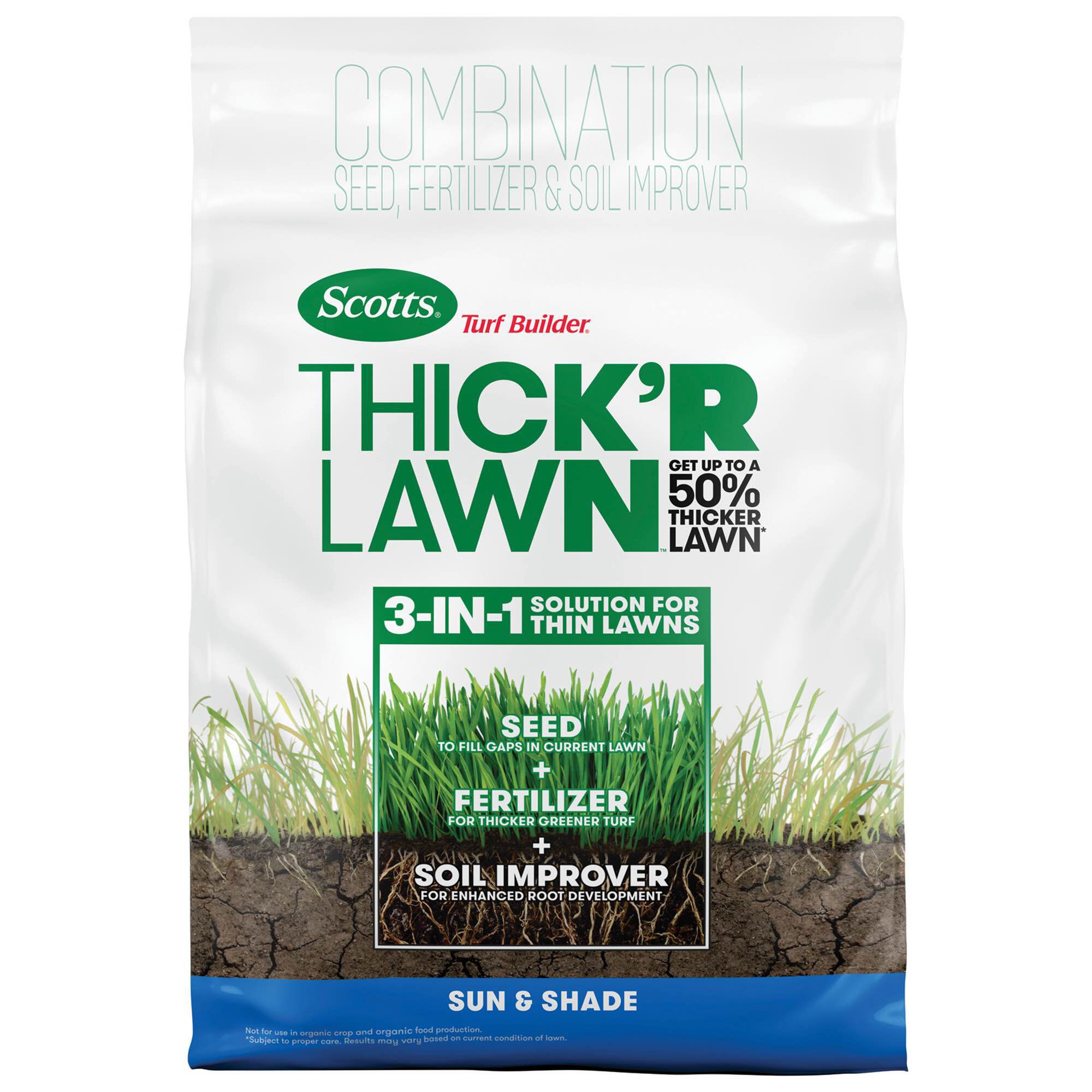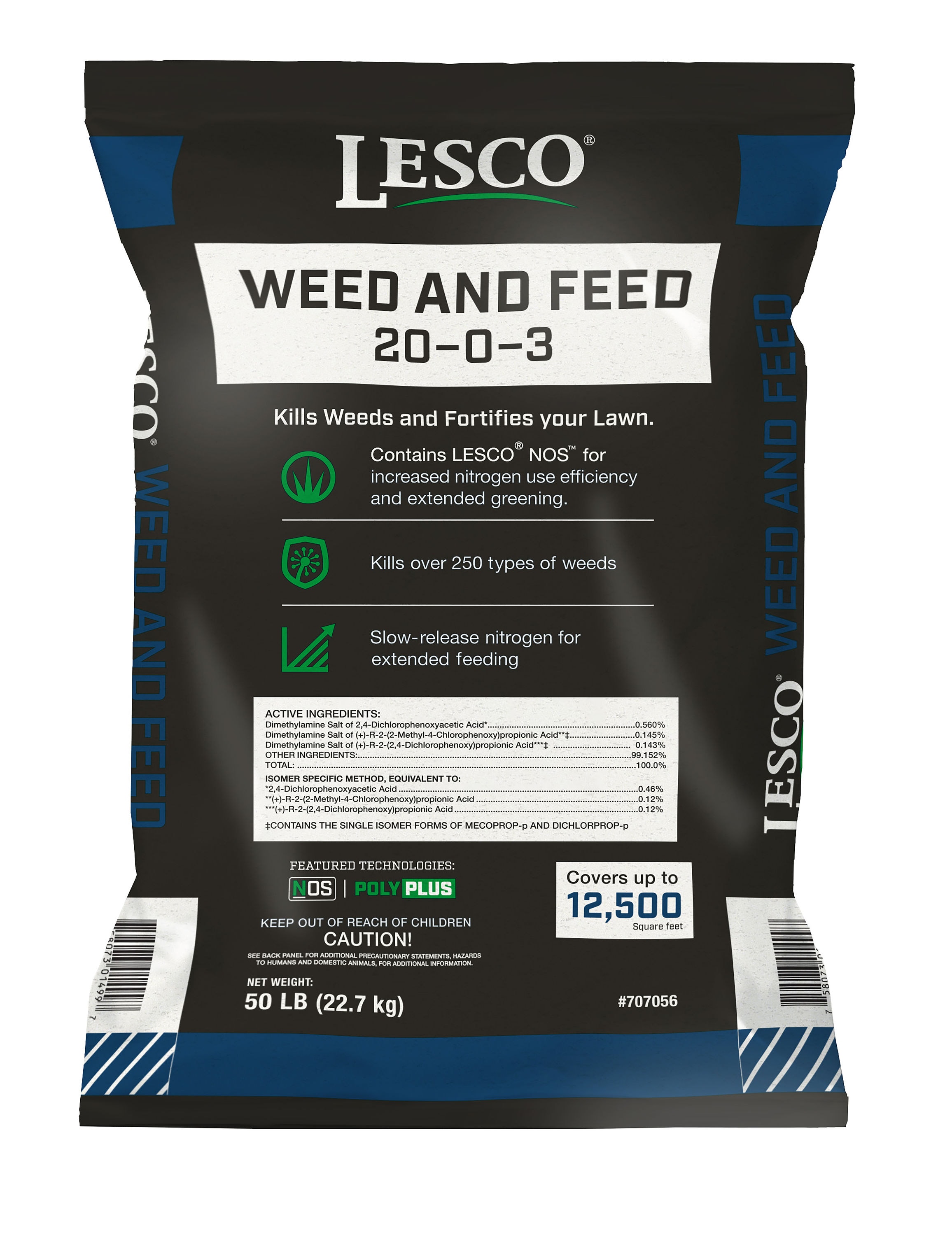The Best New Lawn Fertilizer For Lush Green Grass In
Title: The Best New Lawn Fertilizer for Lush Green Grass in 2023
Introduction:
A lush, green lawn is the envy of the neighborhood. But it takes more than just mowing and watering to achieve that perfect look. You also need to fertilize your lawn regularly. Fertilizer provides your grass with the nutrients it needs to grow strong and healthy. And when your grass is healthy, it's more resistant to weeds, pests, and diseases.
There are a lot of different lawn fertilizers on the market, so it can be tough to know which one is right for you. That's why we've put together this guide to the best new lawn fertilizers for lush green grass in 2023.
Main Content:
Here are a few of the top-rated new lawn fertilizers for 2023:
- Milorganite: Milorganite is a slow-release, organic fertilizer that's made from Milwaukee's wastewater treatment plant effluent. It's a great choice for lawns that are prone to weeds, as it helps to suppress weed growth. Milorganite also has a high nitrogen content, which helps to promote green, lush grass.

- Scotts Turf Builder Triple Action: Scotts Turf Builder Triple Action is a synthetic fertilizer that contains nitrogen, phosphorus, and potassium. It's a good choice for lawns that need a boost of nutrients to help them recover from winter damage or to prepare for the summer growing season. Scotts Turf Builder Triple Action also contains a crabgrass preventer, so you can help keep your lawn weed-free.

- GreenView Lawn Food: GreenView Lawn Food is a slow-release, organic fertilizer that's made from a blend of chicken manure, seaweed, and other natural ingredients. It's a good choice for lawns that are looking for a natural way to boost their nutrient levels. GreenView Lawn Food also contains a biostimulant, which helps to improve the overall health and vigor of your grass.

- Jonathan Green Winter Survival Fall Fertilizer: Jonathan Green Winter Survival Fall Fertilizer is a synthetic fertilizer that's designed to help your lawn prepare for winter. It contains a blend of nutrients that help to strengthen your grass's root system and make it more resistant to cold weather. Jonathan Green Winter Survival Fall Fertilizer also contains a crabgrass preventer, so you can help keep your lawn weed-free during the winter months.

Conclusion:
No matter which lawn fertilizer you choose, make sure to follow the manufacturer's instructions carefully. Over-fertilizing your lawn can actually damage it, so it's important to find the right balance for your needs.
With a little care and attention, you can easily have a lush, green lawn that you'll be proud to show off to your neighbors.
Are you looking for a new lawn fertilizer that will help you achieve a lush, green lawn? If so, you should visit Home Gardening for more information about our new product. Our fertilizer is made with all-natural ingredients and is safe for use around children and pets. It is also effective at preventing weeds and pests.
To learn more about our new lawn fertilizer, please visit Home Gardening today. We offer free shipping on all orders over $50.
FAQ of new lawn fertilizer
- What is the best fertilizer for a new lawn?
A new lawn needs a fertilizer that is high in nitrogen, phosphorus, and potassium. A good ratio for a new lawn fertilizer is 20-10-10. This ratio means that the fertilizer contains 20% nitrogen, 10% phosphorus, and 10% potassium. Nitrogen helps the grass grow green and lush, phosphorus helps the grass root, and potassium helps the grass resist stress.
- When should I fertilize a new lawn?
You should fertilize a new lawn 2 to 4 weeks after seeding or sodding. This will give the grass time to establish its roots before it needs the nutrients from the fertilizer. You can then fertilize your lawn again 6 to 8 weeks later.
- How much fertilizer should I use on a new lawn?
The amount of fertilizer you need to use will depend on the size of your lawn and the type of fertilizer you are using. Follow the instructions on the fertilizer label to determine how much to use.
- How do I apply fertilizer to a new lawn?
You can apply fertilizer to a new lawn by hand, with a broadcast spreader, or with a drop spreader. If you are applying fertilizer by hand, be sure to spread it evenly over the entire lawn. If you are using a broadcast spreader, set it to the highest setting and walk back and forth across the lawn, overlapping your passes slightly. If you are using a drop spreader, set it to the correct setting for the type of fertilizer you are using and walk back and forth across the lawn, making sure to overlap your passes slightly.
- How often should I water my lawn after fertilizing?
You should water your lawn after fertilizing to help the fertilizer dissolve and reach the roots of the grass. Water the lawn deeply, so that the water soaks down to the roots. You may need to water your lawn more often than usual after fertilizing.
- Is there anything I should avoid doing after fertilizing my lawn?
You should avoid mowing your lawn for 24 hours after fertilizing. This will give the fertilizer time to work its way into the soil. You should also avoid walking on your lawn for 24 hours after fertilizing.
Image of new lawn fertilizer
10 different images of new lawn fertilizer that are free to use:
- Image of a bag of Scotts Turf Builder Lawn Food with a green and yellow label.

- Image of a bottle of Miracle-Gro Lawn Restore with a blue and white label.

- Image of a bucket of Espoma Lawn-Gro with a brown and orange label.
- Image of a bag of Milorganite with a black and orange label.

- Image of a bottle of Jonathan Green Organic Lawn Fertilizer with a green and white label.

- Image of a bag of Ringer Lawn Restore with a red and white label.

- Image of a bottle of Scotts Thick'n'Green with a green and yellow label.

- Image of a bag of Scotts Turf Builder WinterGuard with a green and yellow label.
- Image of a bottle of GreenView Lawn Food with a green and white label.

- Image of a bag of Lesco Southern Blend with a blue and white label.



Post a Comment for "The Best New Lawn Fertilizer For Lush Green Grass In "